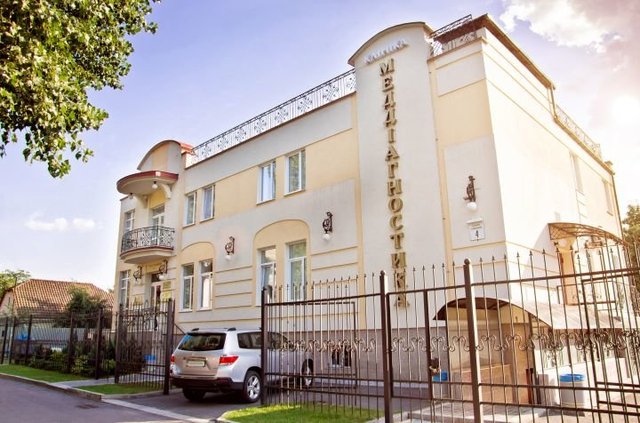Diagnosis is often a group of procedures where the kind of patient’s disease is established. Competent doctors perform the work they do with maximum precision, based on academic knowledge, rich experience with patient management as well as the achievements of drugs of the latest generations. But, in spite of such initial data, diagnostics cannot be infallible, since medicine still has a considerable ways to travel, and perhaps were on the verge of major discoveries.

Just what diagnosis?
A diagnosis is often a pair of signs that serve to ascertain the of the disease, along with the degree of its development. To detect a medical problem and begin the best treatment, a professional doctor utilizes modern diagnostic methods, among which you can find five main ones.
5 diagnostic methods
To offer the person with complete specifics of his diagnosis, your physician uses a number of the subsequent methods:
1. Clinical diagnosis
Here is the most popular method for making a diagnosis. It can be according to a visual examination and laboratory tests, with the help of which the doctor will identify a certain disease in the patient. Additionally, this kind of diagnosis can declare the absence of any disease in the patient, that can mean his tendency to hypochondria.
2. Differential diagnosis
Such a diagnosis considers diseases that can modify the clinical picture in the patient. Sometimes it needs a group of additional tests, owing to their help a lot of the possible reasons behind the roll-out of the illness can be excluded. As an example, when fever, headaches, or fatigue occur, a differential diagnosis is necessary as there are many diseases that typical to these symptoms.
3. Etiological diagnosis
This choice targets recognizing the factors that led to the appearance of an given disease inside a patient. As an example, when someone has severe bronchitis, then only through an etiological diagnosis is one able to uncover whether the reason is , the habit of smoking.
4. Nosological diagnosis
Nosology permits the doctor to be sure that he has the characteristic manifestations of your particular disease, since it had been described by his predecessors and combined right into a specific clinical picture. To put it differently, by making use of the bradenton area of ??medicine, doctors can provide further diagnostics the right direction.
5. Topographic diagnostics
This is a method depending on the localization and detection of lesions in organs and tissues. It’s about comprehending the signs from the body anatomy, which is often subject to alterations in the path of the condition.
After collecting data with all the above diagnostic methods, the physician expresses a hypothetical hypothesis in regards to the patient’s disease. The harder studies will likely be applied, the more accurate the diagnosis is going to be along with the more accurate the procedure is going to be.
More information about Diagnosis of diseases of the spine visit our new net page
